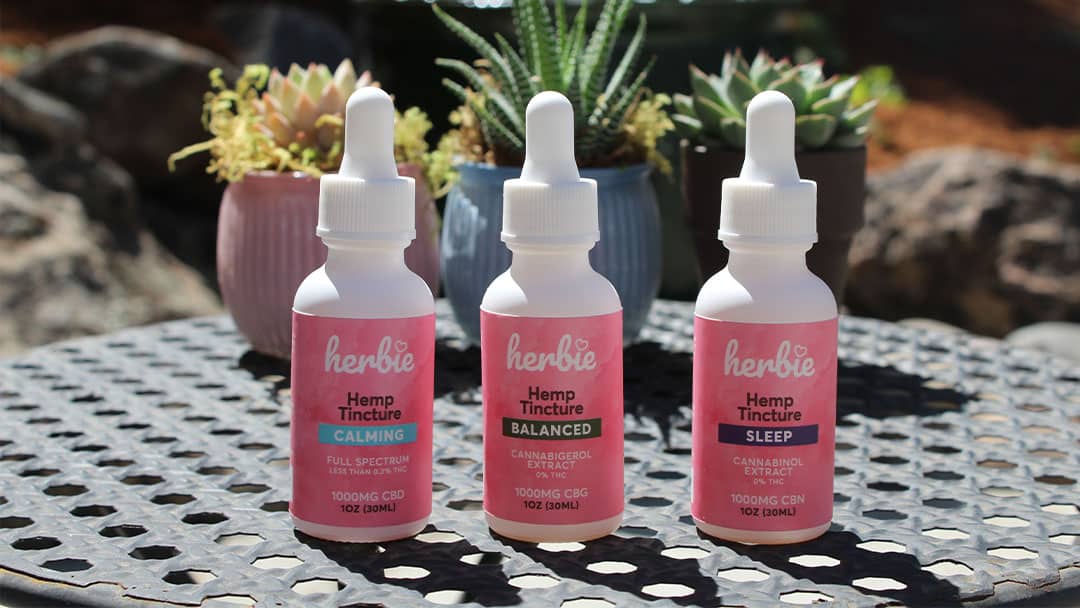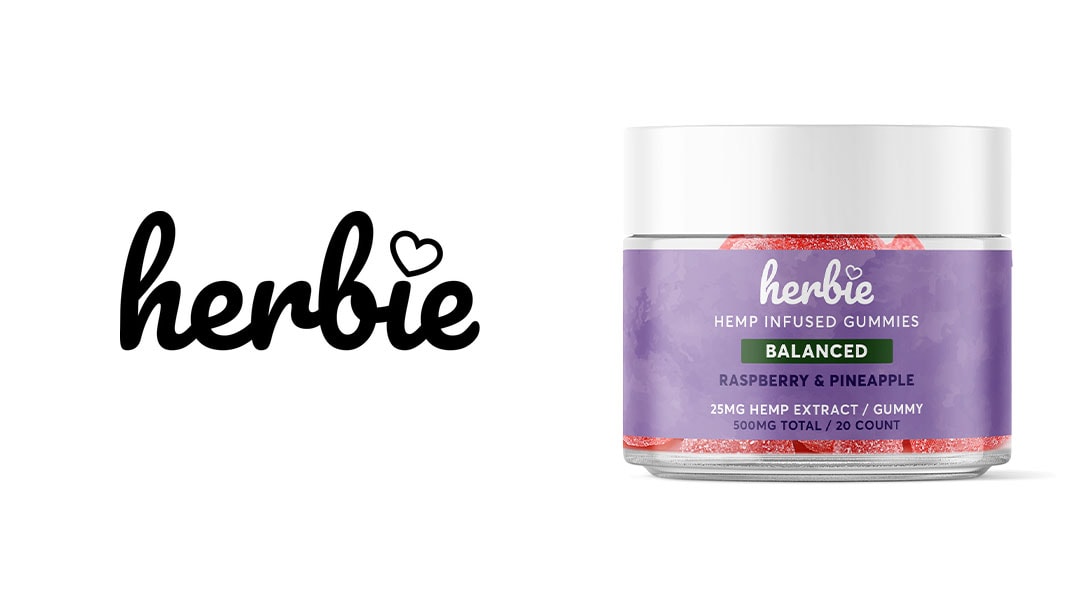The History of CBD
Cannabidiol (CBD) feels like a modern phenomenon; however, it's been around for a long time. It's a naturally occurring substance found in a family of plants that we've known for many thousands of years. It just took our society time to understand its properties.
We can track the explosive growth of CBD through the millennia; many records suggest that hemp was one of the earliest plants that humanity cultivated. There are clear details from many different cultures worldwide about the use of hemp, cannabis, and, more recently, CBD.

What Is CBD?
CBD is the second most prevalent cannabiniod found in cannabis. It's an essential component of medical cannabis that's derived directly from the hemp plants due to their high concentration of cannabidiol CBD is a non-psychoactive cannabinoid, unlike THC which is a cannabinoid that causes the euphoric feeling of “high”. The WHO found that CBD exhibits no effects that indicate a potential for dependence or abuse in humans.
Related: Explained: Cannabinoids and Terpenes
CBD & the Endocannabinoid System
CBD affects the endocannabinoid system (ECS), which regulates a variety of functions, including:
- Sleep
- Appetite
- Mood
- Memory
- Fertility and reproduction
CBD interacts with the system; however, experts still aren't 100% sure how the two interact. The two key endocannabinoids that researchers have identified are anandamide and 2-AG, which we'll talk about more when we get into the history of CBD.
A Detailed History of CBD
Even though we've cultivated and used hemp for a very long time, it wasn't until the ‘40s that we began to understand its properties. With advancements and organic chemistry and biology, researchers are in a much better position to look into the molecular make-up of hemp, the cannabis plant, and CBD.
Who First Discovered CBD?
CBD was discovered in the 1940s by a man named Roger Adams. He isolated two cannabinoids from the hemp plant: CBD and CBN. He also theorized about the existence of THC, but that compound wasn't isolated until 1964 by a scientist named Raphael Mechoulam.

A Chronological CBD Timeline
Let's take a step-by-step walkthrough of CBD, from it's discovery to its uses today.
1940: CBD’s Discovery
We talked about Roger Adams isolating CBD in 1940, but he didn't accurately describe its chemical structure back then. It wasn't until many years later the other scientists discovered that Adams was the first person to extract CBD from the cannabis plant. Adams was a prominent organic chemist and Harvard alumni but spent years of his career researching hemp, cannabis, and CBD.
1946: The First CBD Lab Tests
Once Adams isolated CBD from the plant, other scientists began running lab tests on animals. The most well-documented ones happened in 1964 and were conducted by Walter Loewe. He is known for his trials on mice and rabbits with CBD, CBN, and THC. He found that while THC caused an induced trance in mice, cannabidiol appeared to produce no behavioral effects. These were the first indications that CBD lacked psychotropic effects.
Related: Featured Herbie CBD Reviews
1964: CBD’s Chemical Structure
While Adams was the first to isolate CBD, it's tough to give him all the credit for its discovery; Raphael Mechoulam was the first to identify the compound’s chemical structure in his laboratory in 1964.
The Late ‘60s: Cannabinoid Testing on Primates
After Mechoulam's discovery, he began testing CBD on primates. It didn't take him long to realize that CBD was not the chemical responsible for causing intoxicating effects; it was THC.
The Mid ‘70s: Medicinal Cannabis Tinctures
A few years later, CBD's medical potential began to skyrocket. The British Pharmacopoeia released a cannabis tincture that was likely similar to the full-spectrum CBD oil commonly found today.
1978: New Mexico Acknowledges Cannabis as a Legal Medicine
The 1978 legislation in New Mexico was a landmark approval in the US; it represented the first instance of a cannabis compound becoming legally recognized for its medicinal potential.
1980: Cannabis & Epilepsy Trials
In February of 1980, a study was conducted on 16 people with severe epilepsy, it was one of the first documented double-blind trials using CBD on clinical subjects. The trial showed improvements in epilepsy symptoms with little side effects. This study will later prove to be one of the most significant breakthroughs and medical marijuana research.
1988: Discovering Cannabinoid Receptors
Two researchers discovered a cannabinoid receptor for the first time in a mouse. This finding brought the realization that if our bodies have cannabinoid receptors, and also must produce them naturally.
1992: The Discovery of Anandamide & 2-AG
In 1992, scientists discovered the two endocannabinoids that we know about today: anandamide and 2-AG. This discovery was a huge breakthrough.
1996: California’s Medical Marijuana
4 years later, in 1996, California was the first state to legalize marijuana for medical use. While it did not provide any hallmarks for CBD specifically, it was a revolutionary decision that paved the way for more research and public support.
2003: The US Government Patents CBD for Neuroprotectant Use
In 2003, one of the most significant gestures in federal cannabis legislation occurred. The department of health and human services received their first CBD patent for use in neuroprotectant therapy. It was a great step in the government acknowledging CBD as an effective medicine.
2014: Further CBD Legalization
11 states legalized medical CBD in 2014, ensuring that people have access to it where medical cannabis was not legal.
June 2018: Epidiolex Approval in the US
Epidiolex, which was already in use in Canada, was approved by the FDA to help patients with specific forms of epilepsy. It was a landmark decision, marking the first time a medication containing CBD was approved by the government.
December 2018: Signing the Farm Bill into Law
The end of 2018 marked the historic day for CBD. The USDA signed into law the farm bill, legalizing the production of industrial hemp. It was the first time in over 80 years that we could legally cultivate hemp in the US.

The Future of CBD
Now that we've covered the history of CBD, what about its future? While estimates vary, CBD’s market value could reach over 13 billion dollars by 2028. While the path to cannabis legalization is still controversial, it seems like the path to legality for CBD is more straightforward, as more research surfaces regarding its medicinal benefits combined with the fact that it does not cause intoxication.
In addition, new cannabinoids are being found and tested to determine how they interact with our endocannabinoid system and may benefit our health. CBG (cannabigerol) and CBN (cannabinol) are just two cannabinoids that are extremely effective.
Looking for the best organically grown CBD products? Come stop by our shop at Herbie and find your new favorite CBD gummies, tinctures, and more!
Related: CBD FAQs
